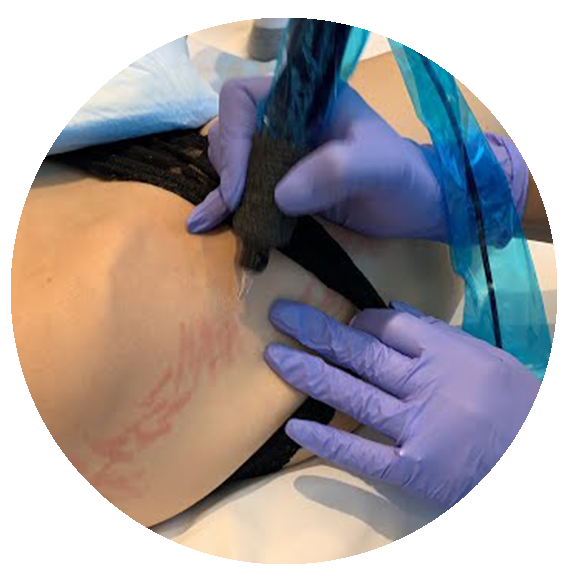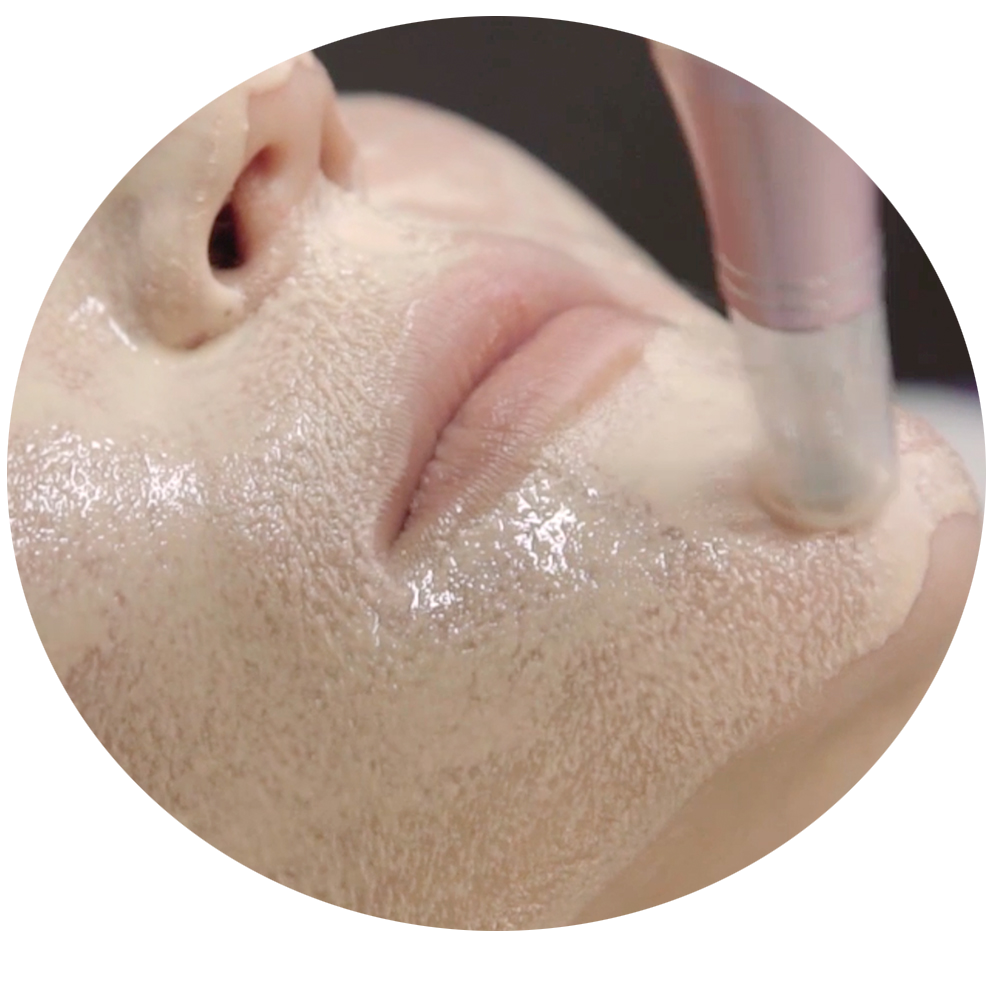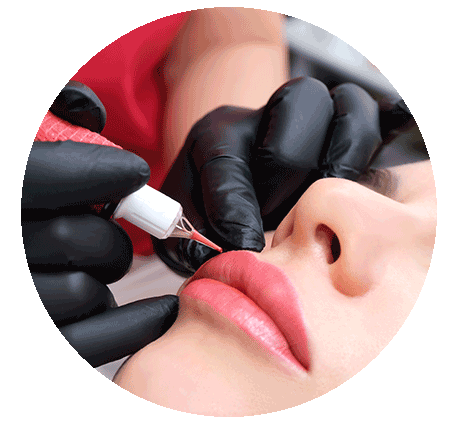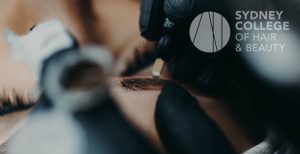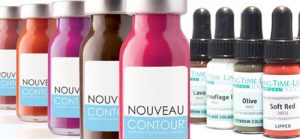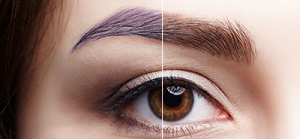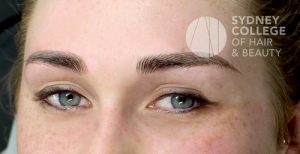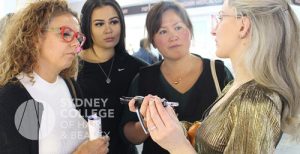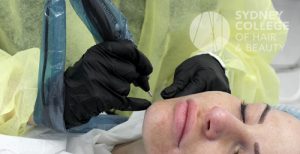Cosmetic Tattooing, Scalp Micropigmentation & MRI’s
What are the dangers of pigments and MRI’s?
With the crowing popularity of scalp micropigmentation there comes a whole host of new questions and concerns you may have never encountered before. Your scalp migropigmentation clients may have concerns about how the possibility of future medical imaging may effect their new scalp micropigmentation. It’s important as the qualified expert, that you are able to answer any questions or concerns that your potential client may have about any sort of complications that may arise.
To understand the risk of scalp micropigmentation and MRI’s, we must first have a basic understanding of what tattoo our cosmetic tattoo inks are made out of. Both body tattoo and permanent makeup inks are made from mixtures of different pigment particles, held together in a liquid base. Depending on the type of ink this base is either distilled water, propylene glycol, or glycerine.
The only difference between the two is that body ink is made up of pigment particles that are too big for the body to break down and carry away, while Permanent Makeup inks are made using smaller pigment particles, which are small enough to be removed by the bodies lymphatic system over time.
Pigments used to mix most inks are usually a combination of both organic and inorganic particles.
Organic Particles Include : lakes (aka metal salts), dyes (transparent colorants), and carbon
Inorganic Particles include : Iron Oxides, Titanium Dioxides, Maganese (violet) and ultramarines.
It’s important to understand that in this context the terminology ‘organic’ is not referring to the use of natural ingredients. It is a scientific term used to identify the origin of the pigment particles.
Some of the trace metals which can be found in cosmetic tattoo inks include: titanium dioxide, lead, cobalt, chromium, maganese, zinc, copper, and nickel.
Next we need to consider the basic function of an MRI, in order to understand the way in which our scalp micropigmentation pigments may react to the scan.
MRI stands for Magnetic Resonant Imaging. Some of the metal compounds found in cosmetic tattoo ink ingredients can be magnetised by the MRI process. If these ingredients are present in high enough levels there is the possibility of electric conductivity that could result in burns to the surrounding skin. Not only would this be uncomfortable and painful for your scalp micropigmentation client, but there is also a risk of distortion of the design. The damage to the surround’s ding skin cells can cause the pigment to migrate to other nearby cells, resulting in blurring of the scalp micropigmentation tattoo, and nobody wants that.
For this reason it is important to choose high quality scalp micropigmerntation pigments from reputable suppliers. Cosmetic tattoo ink brands should be able to provide a Safety Data Sheet along with a list of pigments ingredients used. While most companies will not provide a comprehensive list of pigment ratios for each colour they should be able to provide proof that they comply with the maximum acceptable level of trace metals present in their inks.
Tattoo pigments which are manufactured specifically in the EU are required to test each batch of inks to ensure that they fall on or below the maximum amount of trace metals.
A study conducted in 2019 with over 300 participants found that the risk of adverse reactions (mild or otherwise) from tattoo inks and MRI’s is as low as 0.17 – 0.3% (1 in 1000).
As a cosmetic tattoo, and scalp micropigmentation artist it is your responsibility to:
- Choose a reputable brand of inks to use
- Ask for a safety data sheet
- Ask for an ingredient list
- Take accurate records of any existing pigment in your clients skin before adding to it
Not only will doing these things protect your client from unexpected outcomes after their scalp micropigmentation, it will also serve to protect you and your business from any future claims of negligence. Your client may have existing pigment in their skin that is poor quality, or they may visit another artist who uses poor quality inks following your treatment. By documenting your clients pre-existing work and ensuring you have used inks that are compliant with immunity levels you will ensure that there can be no question of possible negligence should anything happen following treatment.
If you have a client that is particularly nervous or has know allergies to dyes or makeup you can also provide a patch test to the client 48 hours before the treatment.
Ultimately protecting your clients is also protecting yourself and your reputation.


About the Author
Tegan Naderi is a long-time team member of SCHB and is mentored by Zara. She is a cosmetic tattoo artist and owner of VIP Brows, specialising in machine hair stroke tattooing. Tegan is also one of the cosmetic tattoo trainers and the SCHB online course creator.
Related Courses
Course 13: Inkless Stretch Mark Removal
Enrol now into this one day course and offer your clients permanent solutions for scars and stretch marks.
Course 4 : BB Glow Mesotherapy
Learn to provide BB Glow skin mesotherapy in just one day with our intensive hands-on training.
Course 6 : Cosmetic Tattooing for Lips
A one day intensive course that teaches lip liner, full lip colour, and lip blush techniques. Includes an online learning module with lifetime access.
Ready to start learning ?


